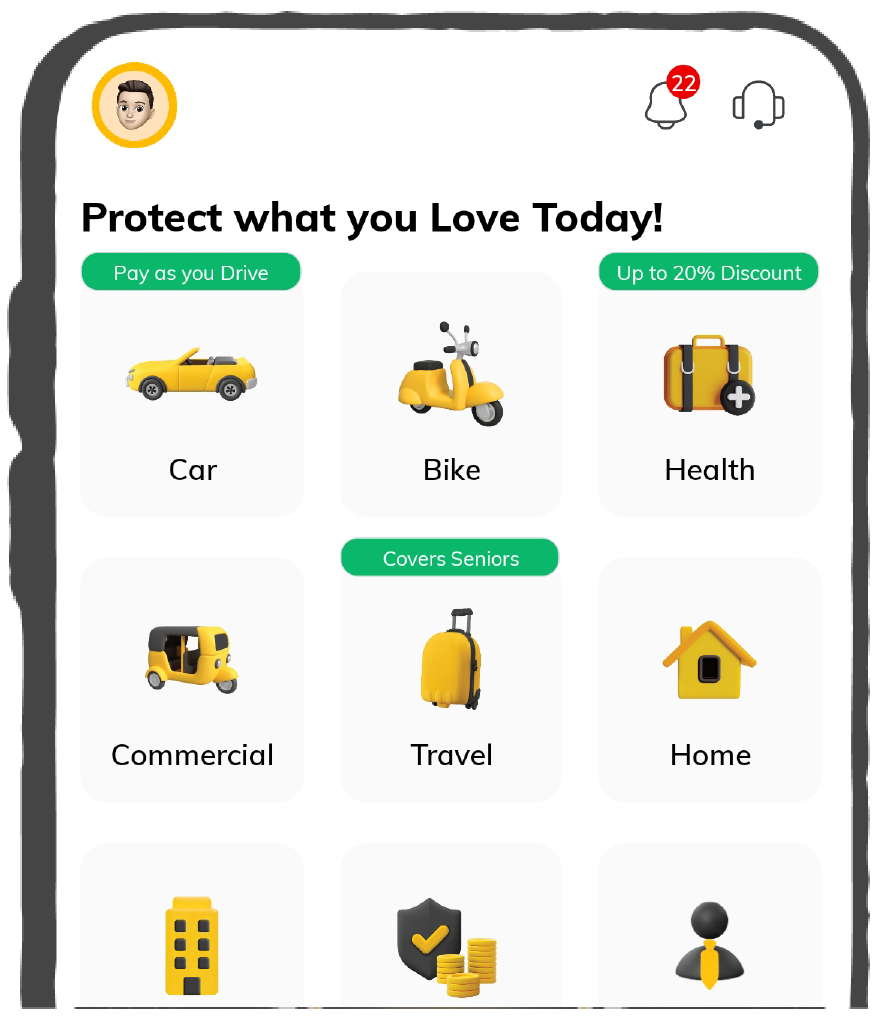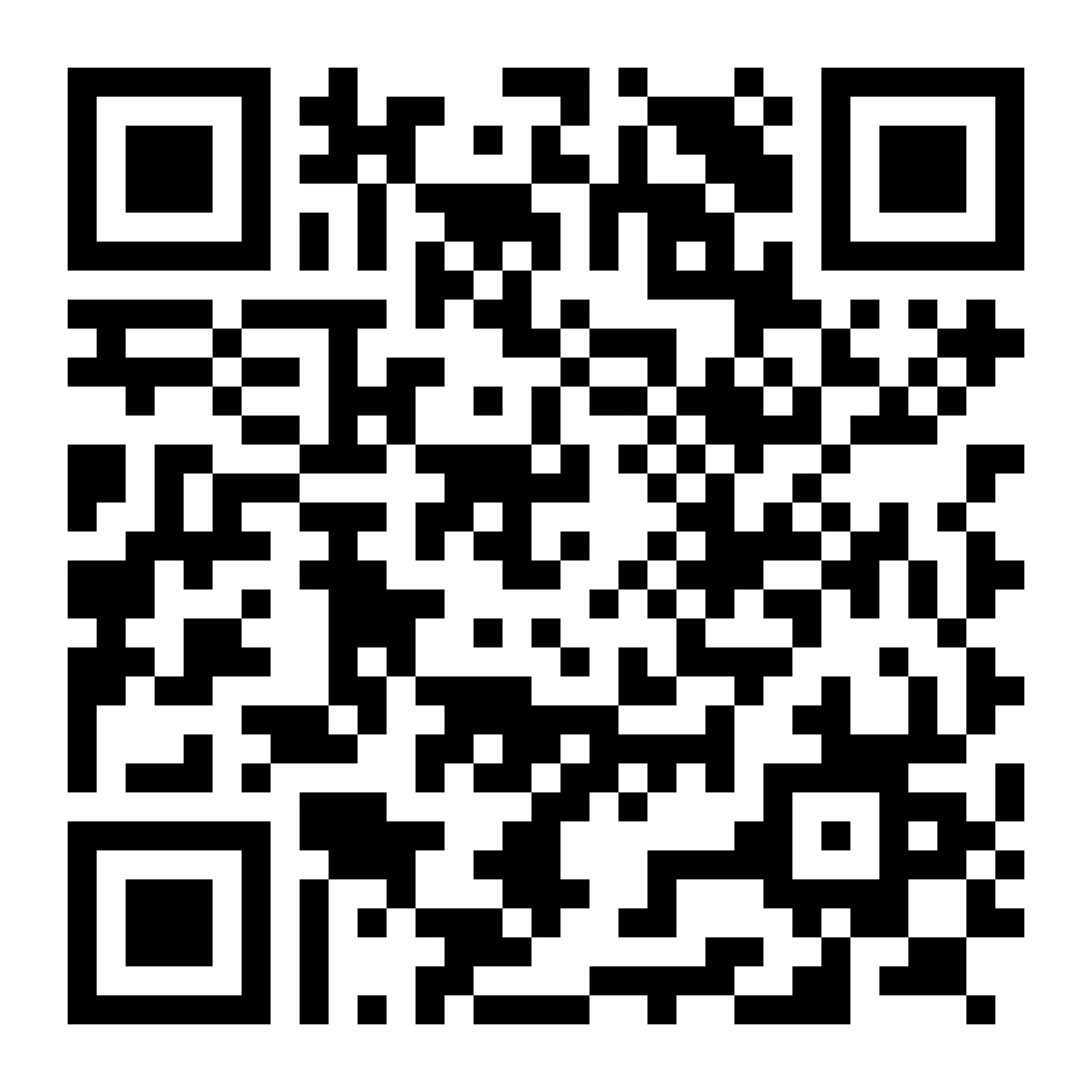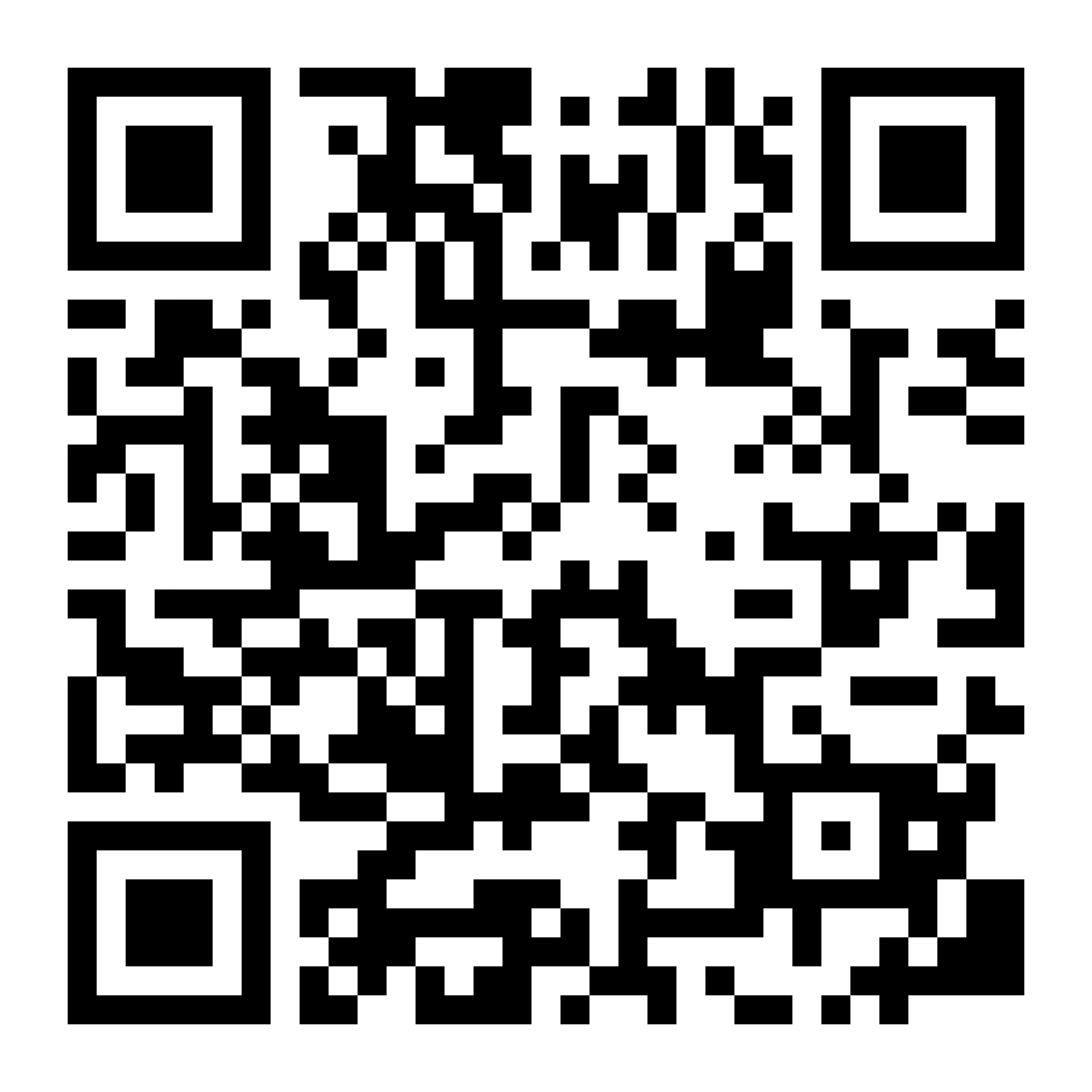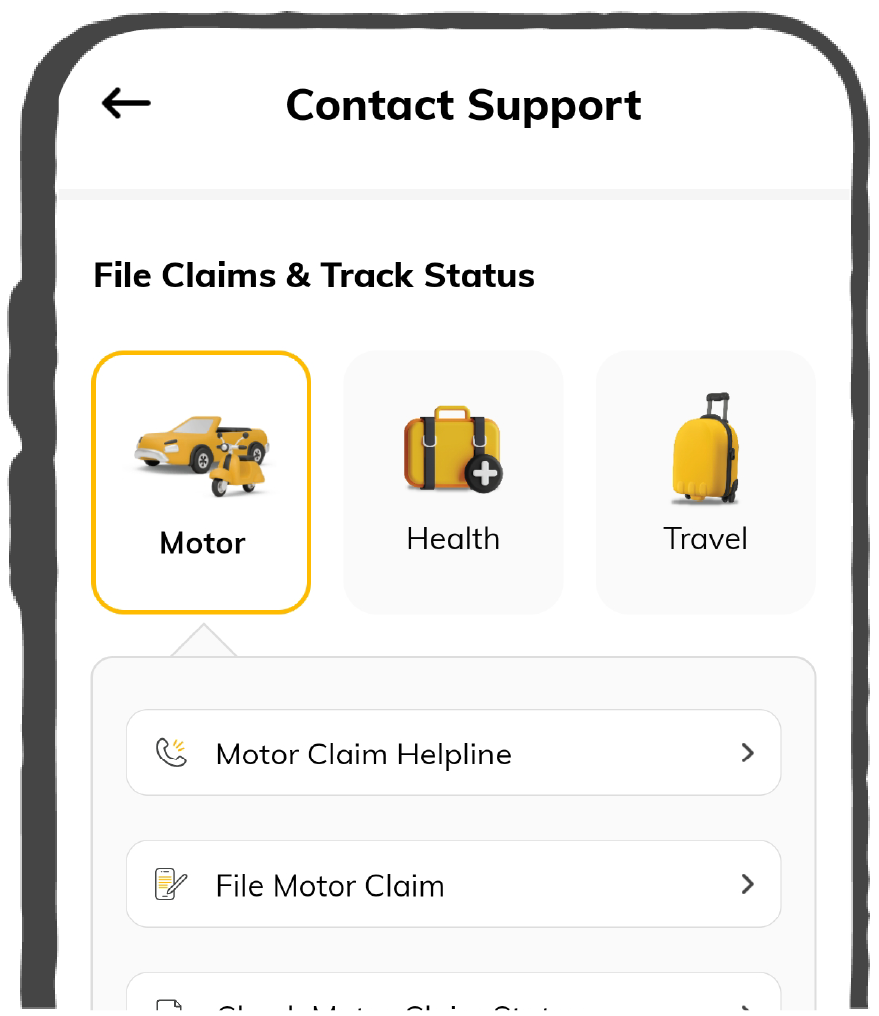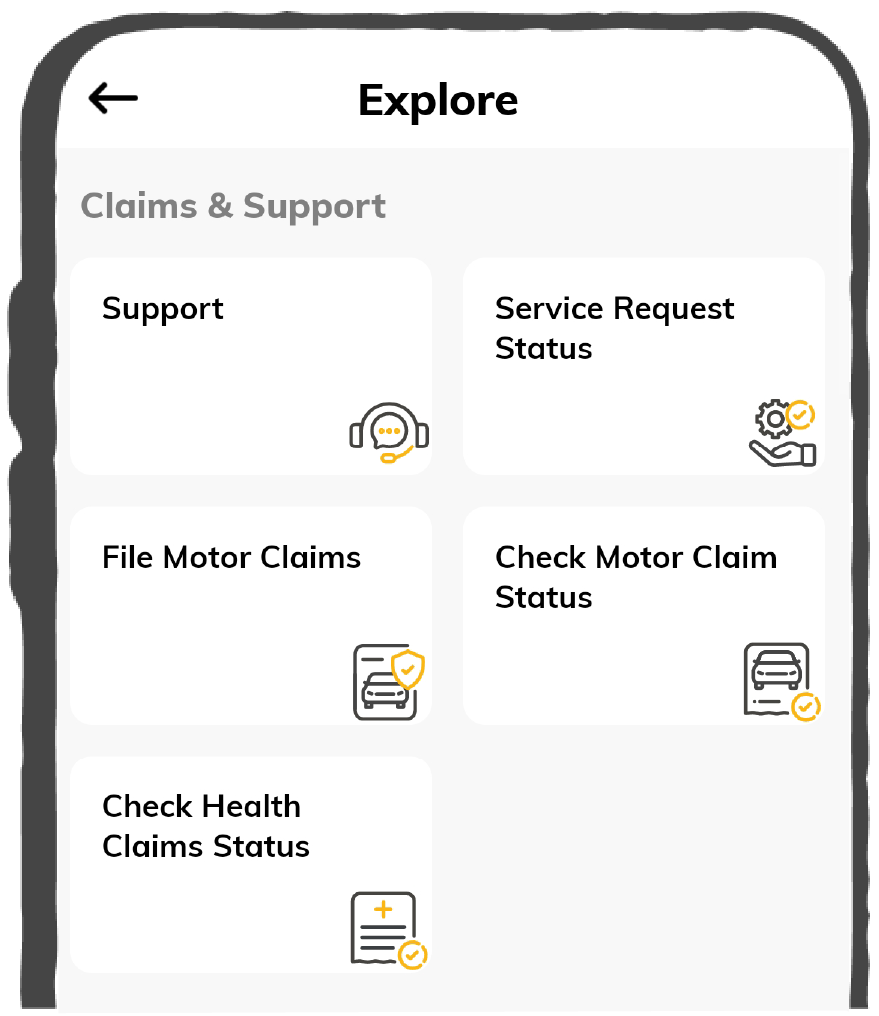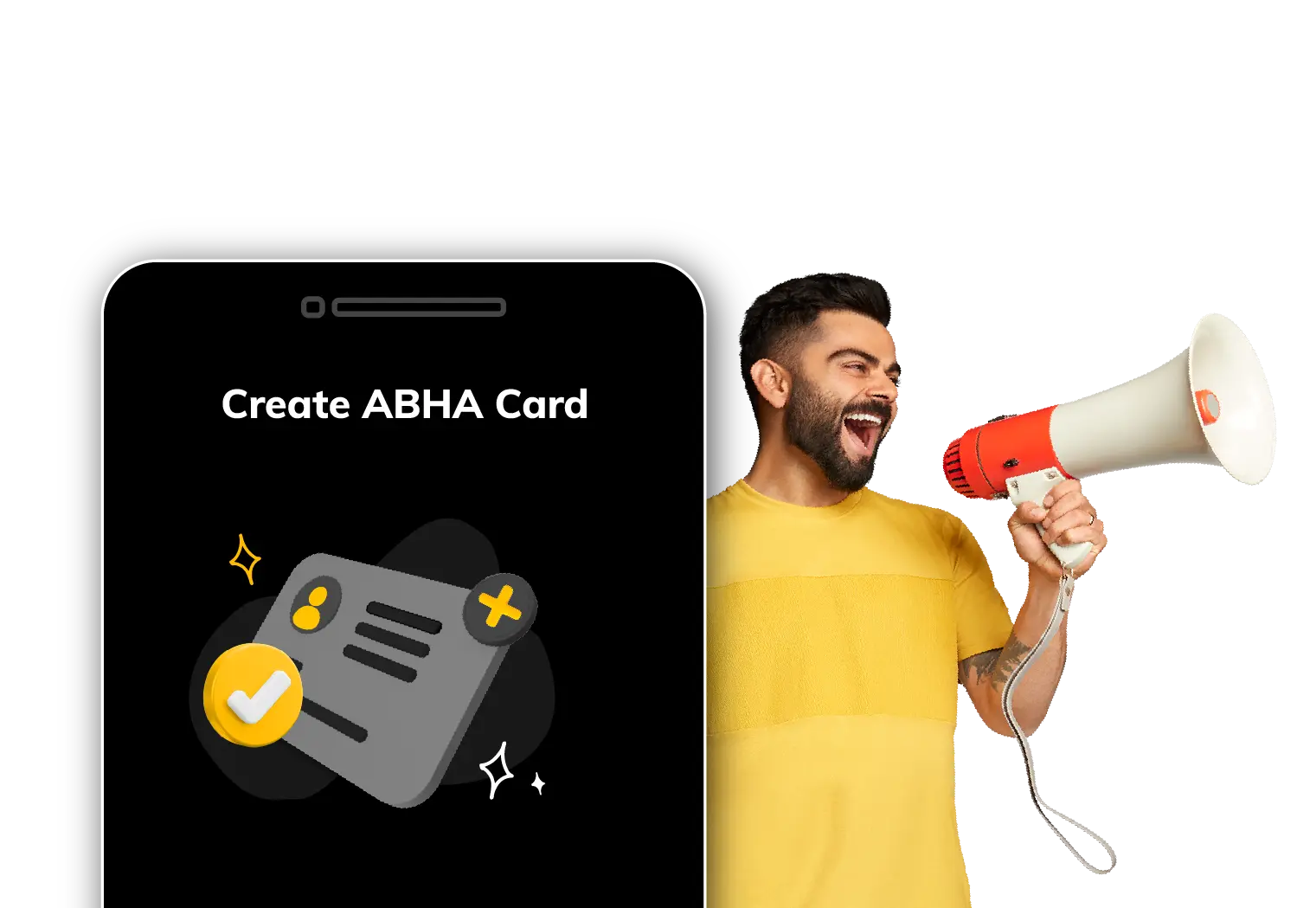H1 - 9 Types of Thermometers and Their Uses
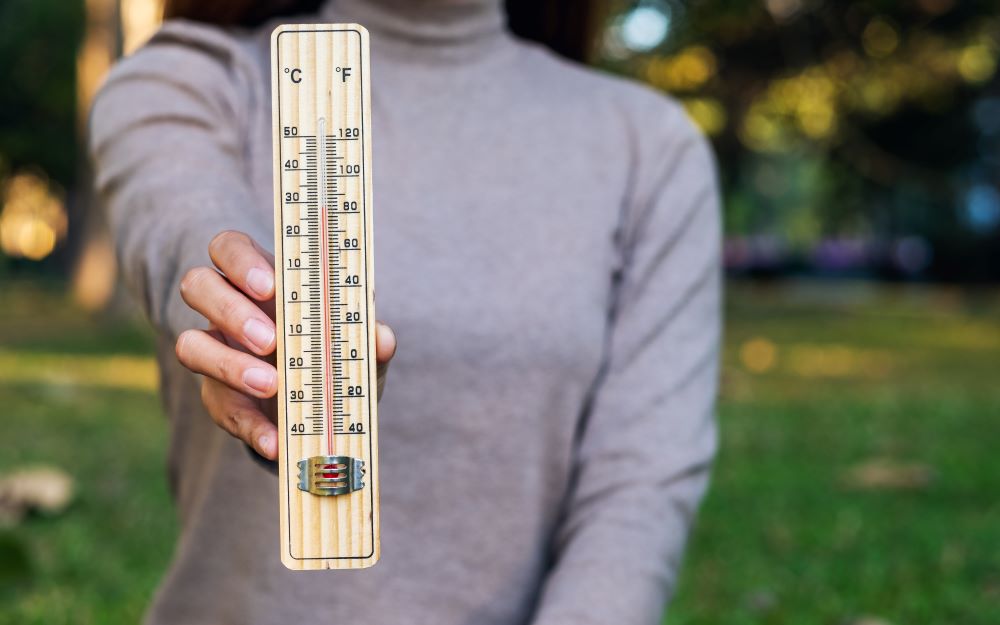
It is incredibly helpful to have a medical thermometer at home to note the temperatures of a person suffering from a fever, after knowing which, you can decide on the right action. However, there are many different types of thermometers available. Knowing which one to use is imperative.
In this article, we will give you an overview of the different types of thermometers and their various types. Additionally, you will learn about the benefits of each.

Table of Contents

What Is a Thermometer?
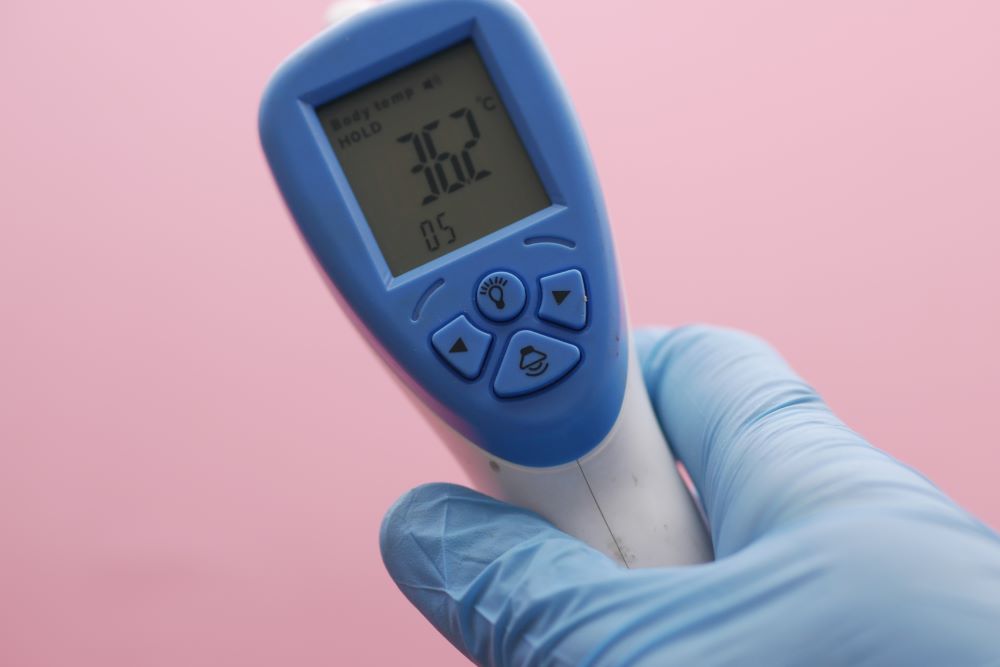
A thermometer is a device that helps measure temperature in degrees according to the Fahrenheit or Celsius system. While doctors use thermometers to measure your body's temperature, meteorologists use them to find how hot or cold the weather is. There are a variety of contact and contactless thermometers you can choose from.
However, it is necessary to know the use of a thermometer and how you can take readings with same. Please remember that all types of thermometers are not designed to work similarly or give similar readings.
Why Do We Need a Thermometer?
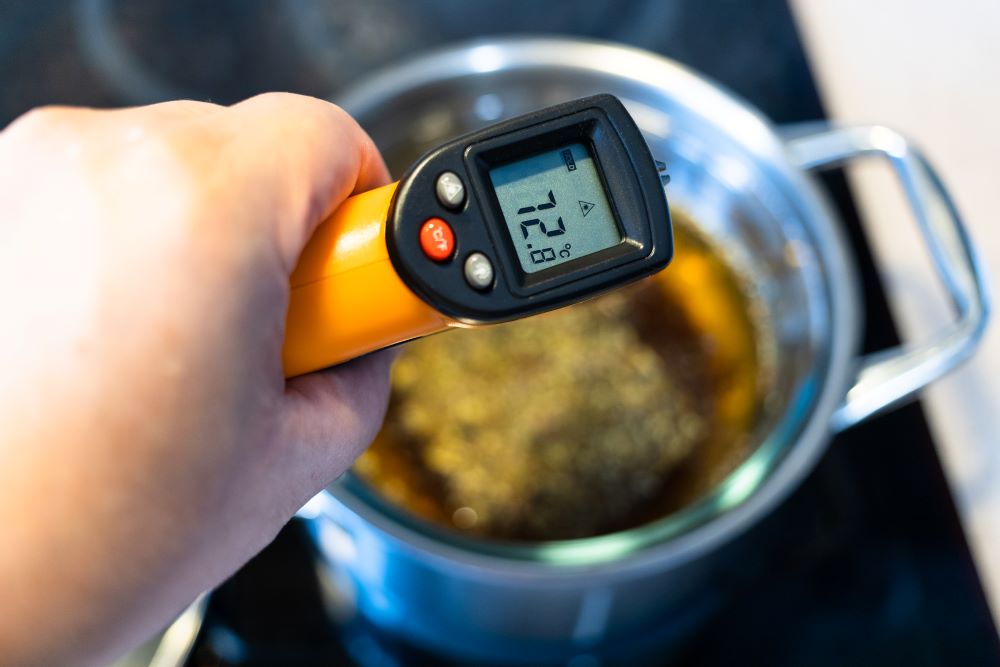
Thermometers lie at the foundation of correct temperature management and realising results. The thermometer measures accurate temperatures and helps people in various ways, such as:
What Are the Different Types of Thermometers?
1. Digital Thermometer
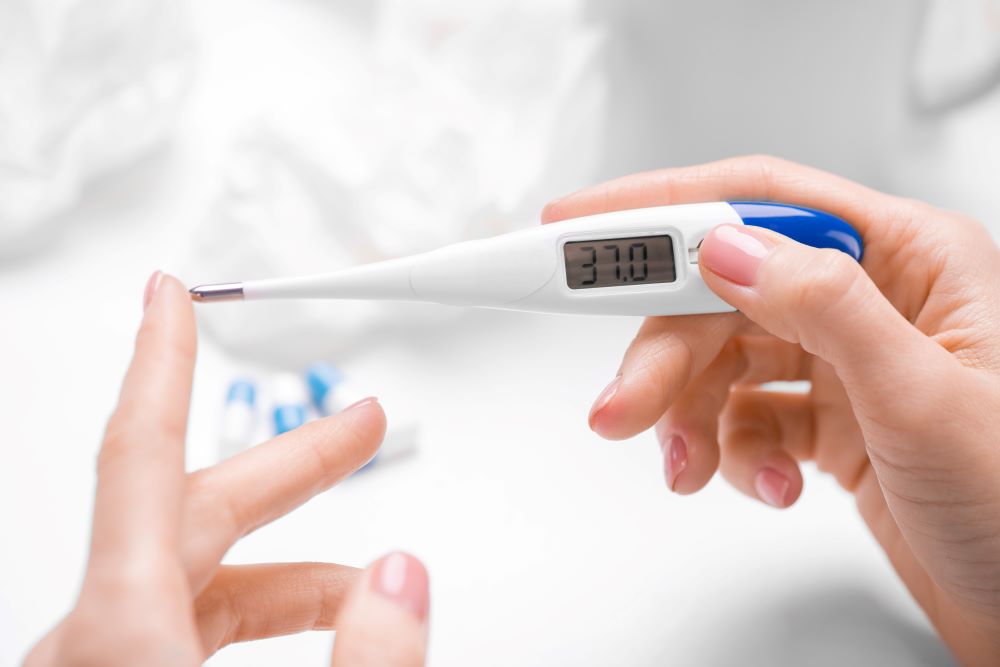
Digital thermometers are devices that work by using heat sensors that measure your body temperature. The information is then sent to a microchip that analyses it and displays the results on a digital screen. These advanced thermometers measure your body temperature accurately.
A digital thermometer can take readings in your armpit, mouth, or rectum. However, when assessing a digital thermometer reading, remember that your axillary or armpit temperature runs approximately ½ to 1 degree Fahrenheit or 0.6-degree Celsius cooler than the oral readings. Here are the benefits of a digital thermometer:
Benefits:
- Digital thermometers are inexpensive and easy to use.
- These are advanced thermometers that provide fast and accurate results.
- These are portable, and you can carry them in your first-aid box.
- It is very simple to analyse the readings of this thermometer.
How to Use:
You can use a digital thermometer in the following ways shown below:
- Step 1: Preparation: Ensure the thermometer is clean and check the batteries.
- Step 2: Press the power button to turn on the thermometer.
- Step 3: Choose the appropriate measurement mode (oral, rectal, axillary) as per your needs.
- Step 4: Position the Thermometer
- Oral: Place under the tongue and close the mouth gently.
- Rectal: Apply lubricant and insert 1/2 inch to 1 inch into the rectum.
- Axillary: Place in the center of the armpit and press the arm against the body.
- Step 5: Hold the thermometer until it beeps or signals the measurement is complete.
- Step 6: Check the temperature reading displayed on the screen.
- Step 7: Clean according to the manufacturer’s instructions.
- Step 8: If it doesn’t turn off automatically, press the power button to switch it off.
2. Oral Thermometer
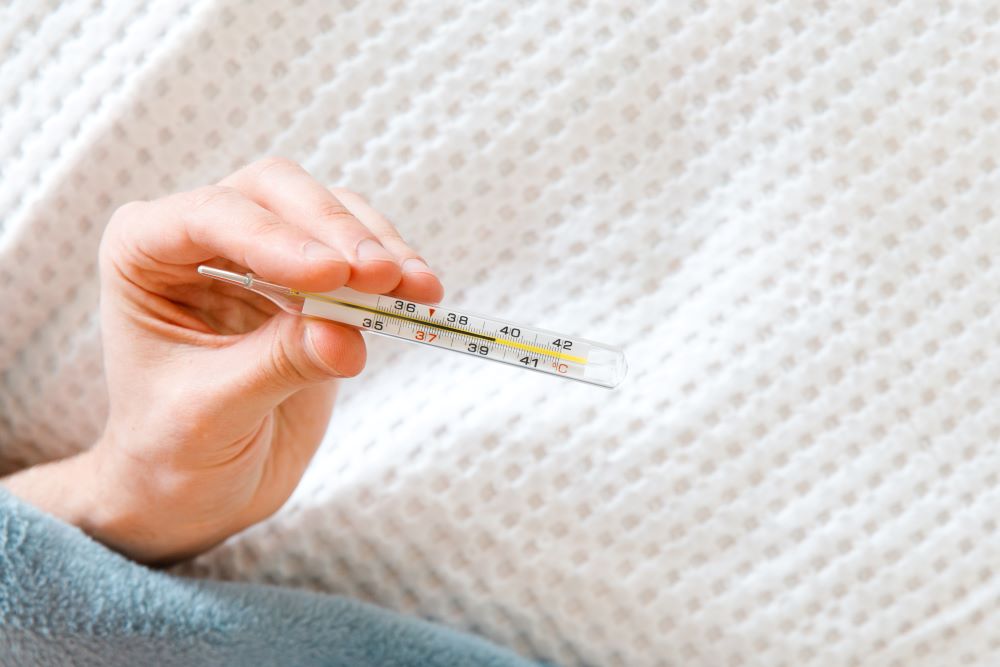
An oral thermometer is best for patients who have serious health conditions. You can get the body temperature by placing the thermometer under your tongue and tightly closing your lips. The average reading of an oral thermometer is 98.6 degrees Fahrenheit or 37 degrees Celsius. Here are the benefits of an oral thermometer:
Benefits:
- There are fewer chances of infection through an oral thermometer.
- Much easier to take readings than other types of thermometer.
- Provides appropriate central temperature for children above 3 years and in adults.
How to Use:
Check the steps below to use the oral thermometer properly:
- Step 1: Ensure the thermometer is clean and wait 20-30 minutes after eating or drinking to avoid affecting the reading.
- Step 2: Press the power button to turn on the thermometer.
- Step 3: Place the thermometer under the tongue and close the mouth gently to hold it in place.
- Step 4: Keep the thermometer positioned until it beeps or signals the measurement is complete.
- Step 5: Check the temperature reading shown on the screen.
- Step 6: Clean the thermometer tip with a disinfectant wipe or soapy water, according to the manufacturer's instructions.
- Step 7: If the thermometer doesn’t turn off automatically, press the power button to switch it off.
3. Digital-ear Tympanic Thermometer
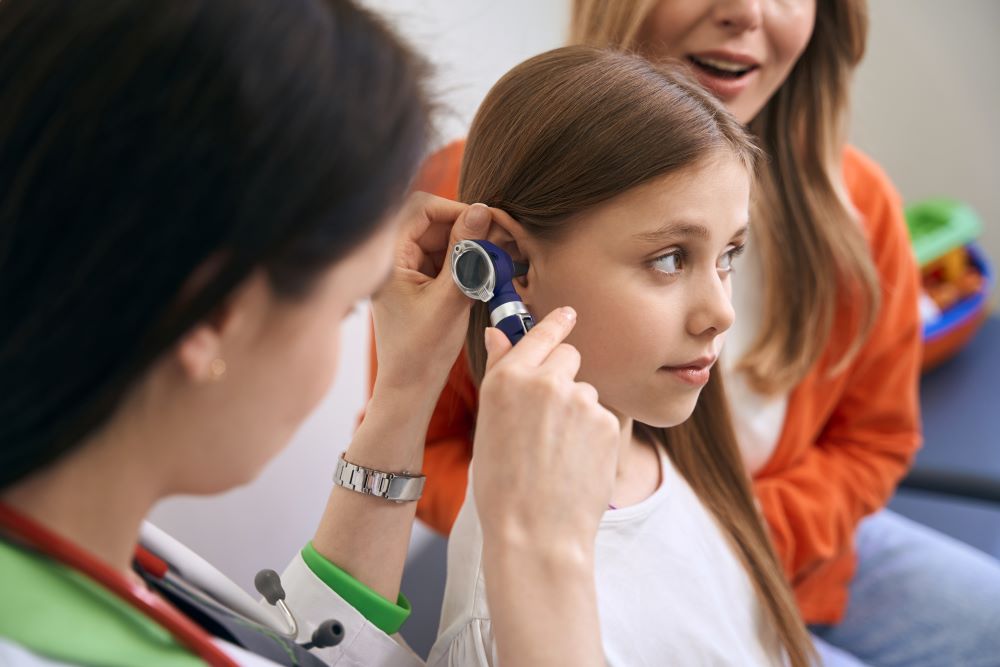
Tympanic thermometers are able to take your temperature readings through infrared ray technology. Since they provide temperature inside your ear canal, they are less reliable as there might be inaccurate readings if you have wax in your ears.
However, you can use them on newborns and infants. The tympanic readings are 0.5 degrees Fahrenheit or 0.3 degrees Celsius to 1 degree Fahrenheit or 0.6 degrees Celsius higher than the oral thermometer readings. Here are its benefits:
Benefits:
- It takes only a few seconds to take a reading and saves a lot of time.
- A trustworthy source to determine your child’s temperature, this thermometer provides the exact temperature reading.
How to Use:
Follow the steps below to use the tympanic thermometer properly:
- Step 1: Clean the thermometer and remove any earwax or debris from the ear canal.
- Step 2: Press the power button to turn on the thermometer.
- Step 3: Attach a new probe cover to the thermometer to maintain hygiene.
- Step 4: Gently pull the ear back and up (for adults) or down and back (for children) to straighten the ear canal.
- Step 5: Press the measurement button and hold the thermometer in place until it beeps or signals that the reading is complete.
- Step 6: Check the temperature reading displayed on the screen.
- Step 7: Dispose of the used probe cover and clean the thermometer according to the manufacturer’s instructions.
- Step 8: If the thermometer doesn’t turn off automatically, press the power button to switch it off.
4. Forehead Thermometer
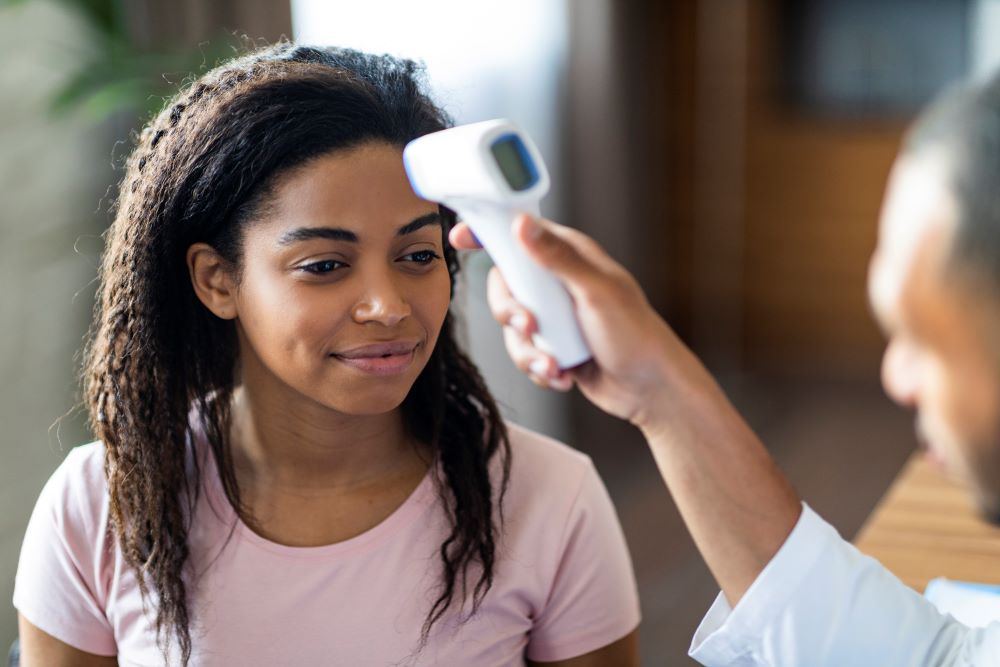
A carotid artery branch and forehead thermometers use infrared sensors to measure the temperature of your Superficial Temporal Artery. Some of these thermometers are known as non-contact infrared thermometers. Post-pandemic thermometers are used widely as they allow contactless readings.
Therefore, with this thermometer, you will find people checking your body temperature in airports, stadiums, and stores. These thermometers run approximately 1 degree Fahrenheit or 0.6 degrees Celsius, cooler than the oral thermometers. The benefits of the same are:
Benefits:
- It is contactless and very easy for adults, children, and newborns.
- Provides faster and more accurate readings within a few seconds.
How to Use:
Use a forehead thermometer by following the steps below:
- Step 1: Ensure the thermometer is clean and remove hair or sweat from the forehead if necessary.
- Step 2: Press the power button to turn on the thermometer.
- Step 3: Hold the thermometer a few centimetres away from the forehead for accurate readings.
- Step 4: Press the measurement button and keep the thermometer steady until it beeps.
- Step 5: Check the temperature reading shown on the screen.
- Step 6: Wipe the sensor area with a clean, dry cloth or as per the manufacturer's instructions.
- Step 7: If the thermometer doesn’t turn off automatically, press the power button to switch it off.
5. Plastic-strip Thermometers
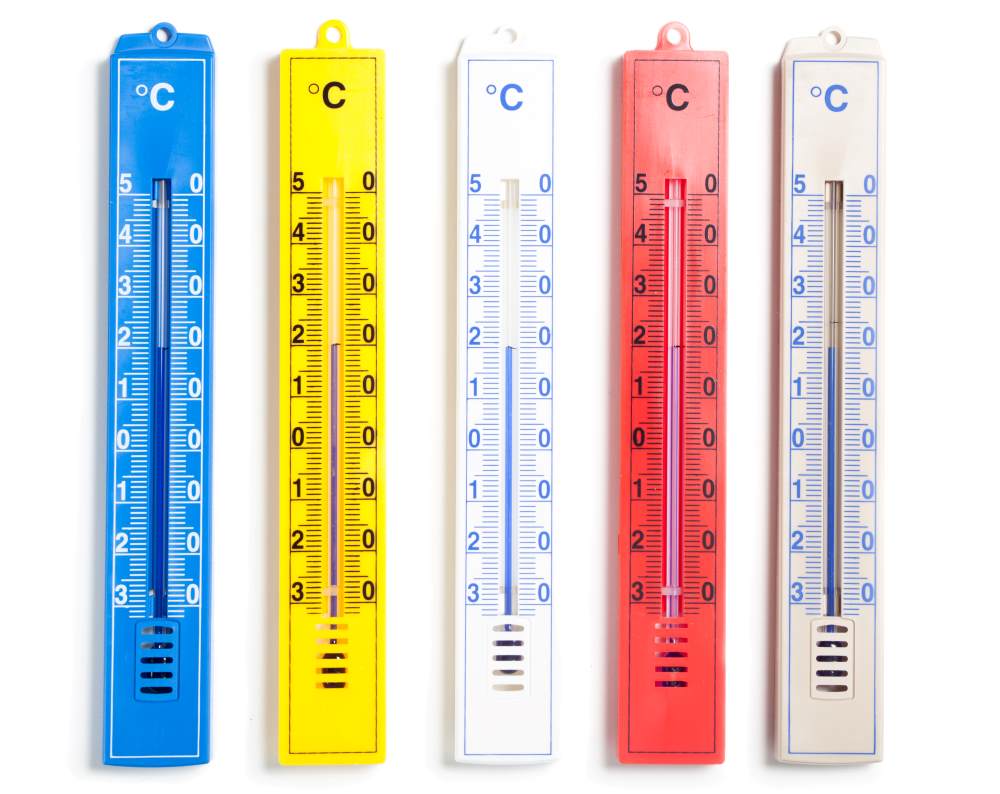
Plastic strip thermometers allow you to place the strip on your brow to determine the temperature. However, they might not provide accurate results apart from letting you know that your health condition is weak. They will inform you that you have a fever but will not provide exact temperature readings. Here are the benefits
Benefits:
It is non-intrusive and very simple to use. You have to put the strip on the temple of your child.
- They are affordable and come at reasonable prices.
How to Use:
To properly use a plastic strip thermometer, follow the steps given below:
- Step 1: Ensure the plastic-strip thermometer is clean and dry.
- Step 2: Place the strip against the patient’s forehead or wrist to ensure the strip makes full contact with the skin.
- Step 3: Hold the strip for the recommended time, usually a few seconds.
- Step 4: Observe the temperature reading on the strip, which usually changes colour to indicate the temperature range.
- Step 5: After use, clean the strip and store the thermometer in a cool, dry place.
Note: Plastic-strip thermometers provide approximate temperatures and may not be as accurate as other thermometers.
6. Pacifier Thermometers
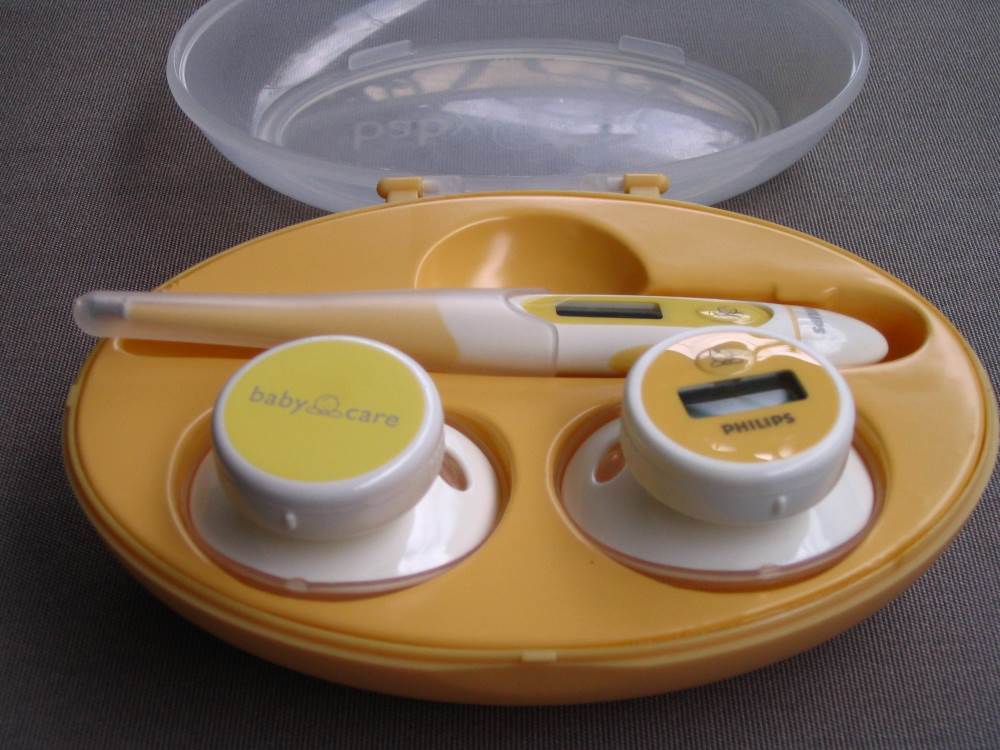
You can use these thermometers mainly on infants over three months. However, your baby must remain absolutely motionless for a few seconds while the reading is being taken. The benefits that come with this thermometer are:
Benefits:
- It is very easy to use a pacifier thermometer.
- You can use them on your infant while he/she is sleeping.
- It comes at an affordable rate.
How to Use:
A pacifier thermometer is relatively easy to use. Follow these steps:
- Step 1: Ensure the pacifier thermometer is clean and has functional batteries.
- Step 2: Press the power button to turn on the thermometer, if applicable.
- Step 3: Place the pacifier thermometer in the baby’s mouth, securely holding it between the baby's gums and tongue.
- Step 4: Keep the pacifier in place until it beeps or signals the measurement is complete, typically in a few minutes.
- Step 5: Check the temperature reading shown on the thermometer’s screen.
- Step 6: After use, clean the pacifier thermometer with warm, soapy water or according to the instructions. Avoid submerging the electronic parts.
- Step 7: If the thermometer doesn’t turn off automatically, press the power button to switch it off.
Note: Pacifier thermometers are designed for babies and provide approximate temperature readings.
7. Mercury Thermometer
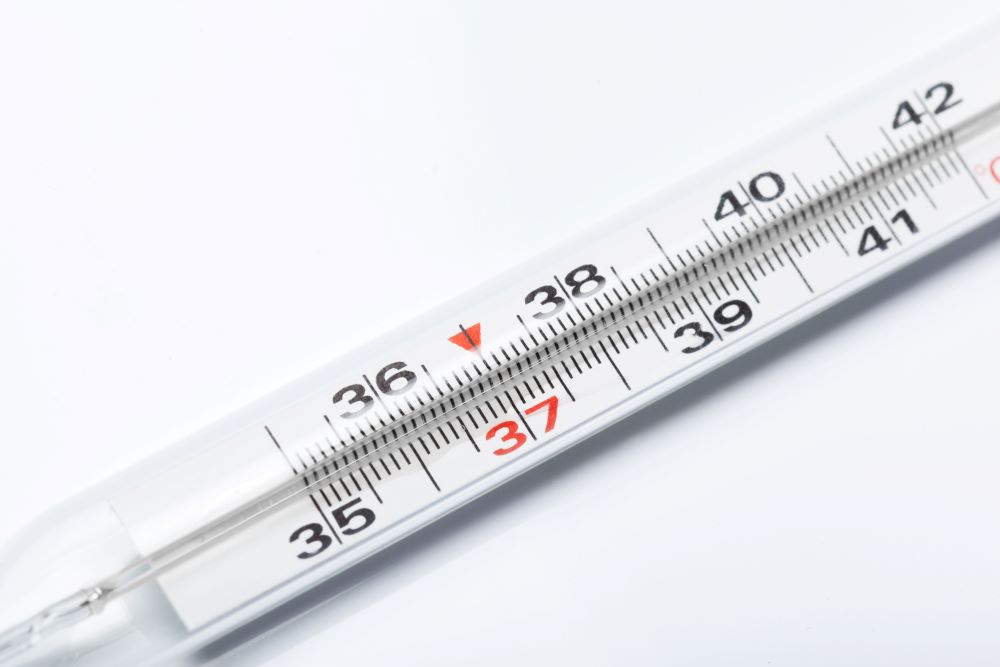
A mercury thermometer requires you to put the device under your tongue and wait until the temperature rises. When you notice that the mercury has stopped rising, read the temperature. A traditional method to take readings of your body, mercury thermometers are not used much now. However, the benefits include:
Benefits:
Your mercury thermometer doesn’t require a battery to work.
They provide accurate and instant results and can be used rectally, orally, or under your armpits.
They are affordable and come at economical prices.
Now that you know various types of thermometers, let us discuss what the use of thermometers is.
How to Use:
Use a mercury thermometer accurately by following the steps given below:
- Step 1: If the thermometer has been used recently, tap it gently to ensure the mercury is below the 95°F (35°C) mark.
- Step 2: Position the Thermometer
- Oral Use: Place the thermometer under the tongue and close the mouth gently.
- Rectal Use: Apply a small amount of lubricant to the tip and insert it about 1/2 inch to 1 inch into the rectum.
- Axillary Use: Place the thermometer in the center of the armpit and press the arm against the body.
- Step 3: Keep the thermometer in place for the recommended duration, usually about 3-5 minutes for oral and rectal measurements or 7-10 minutes for axillary measurements.
- Step 4: Remove the thermometer and check the mercury level against the scale to determine the temperature.
- Step 5: Clean the thermometer with soap, water, or disinfectant based on the instructions.
- Step 6: Store the thermometer in a protective case or a safe location to prevent breakage.
Note: Handle mercury thermometers with care due to the potential hazards of mercury if the thermometer breaks.
8. Rectal Thermometer
A rectal thermometer measures the body's interior temperature by being placed into the rectum. Although it resembles an oral thermometer in design, it is shorter and stickier at the tip to make it simpler to insert. Since rectal thermometers are more dependable and accurate than other thermometers, paediatricians advise against using them on children younger than three months old.
Benefits:
- Measures core body temperature precisely.
- Fast temperature readings.
- Preferred for young children due to stable readings.
How to Use:
You'll need a lubricant and a digital thermometer to take a rectal temperature.
- Step 1: Attach petroleum jelly or a lubricant that dissolves in water (like KY-Jelly or Surgilube) to the thermometer's tip.
- Step 2: The child can be laid on their back with their knees pushed up or on their stomach with their buttocks split apart.
- Step 3: Put the thermometer's bulb end no deeper than one inch into the anal canal.
- Step 4: The thermometer should be left in place for at least a minute or until it beeps.
- Step 5: Take the thermometer out and check the reading.
- Step 6: Use rubbing alcohol or an alcohol-based wipe to clean the thermometer.
9. Thermocouple Thermometer
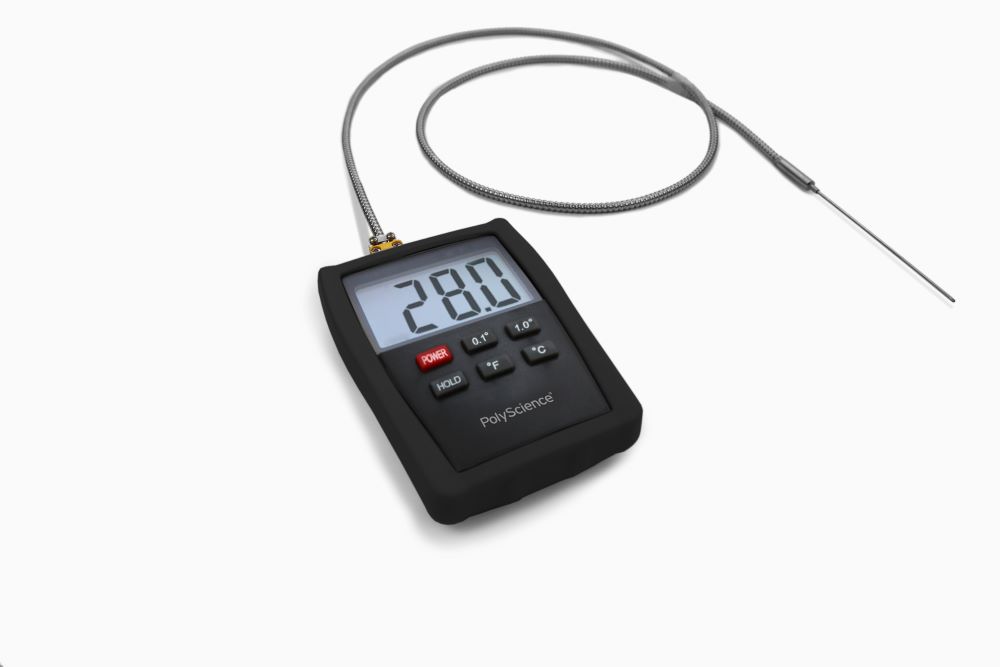
Using thermocouple thermometers, the final temperature is reached in two to five seconds. A digital display indicates the temperature at the point where two tiny wires in the probe tip meet to measure it. Because thermocouple thermometers react so quickly, it is possible to verify the temperature immediately in several areas. Accuracy can be achieved by calibrating thermocouples.
Benefits:
- Measures from very low to very high temperatures.
- Quick readings for rapid adjustments.
- Reliable in harsh environments.
How to Use:
This is a step-by-step process to follow while using a thermocouple thermometer:
- Step 1: Choose the correct type of thermocouple (e.g., K, J, T) based on the temperature range and accuracy required for the measurement.
- Step 2: If necessary, calibrate the thermometer according to the manufacturer's instructions. Some pre-calibrated models are available.
- Step 3: Turn on the thermometer using the ON/OFF button. If it needs to go through a warm-up cycle, let it do so.
- Step 4: Insert the thermocouple probe into the object or location whose temperature you would want to measure.
- Step 5: Allow the reading in the temperature to stabilise for a few seconds.
- Step 6: See the temperature display and note the reading when it has stabilised.
- Step 7: Withdraw the probe from the substance or area slowly.
- Step 8: Clean the probe, after use, based on the instructions to prevent contamination or damage.
- Step 9: If it has no auto shut-off, switch off the thermometer after use.
- Step 10: Keep the thermometer and probe safely in a dry place for a long life.
What Is the Use of a Thermometer?
The primary function of a medical thermometer is to measure your body temperature. Well, they are also used to measure the temperatures of an object.
1. Domestic Purpose Thermometers
- These thermometers are used to take the water temperature before you bathe. Mothers often check the temperature of the water before bathing their babies.
- Domestic thermometers are also used to check specific food items' temperatures before they are cooked.
- The temperature of ovens and other heating appliances is sometimes checked to prevent burns and accidents.
2. Laboratory Purpose Thermometers
- These are used by a scientist who requires thermometers for research purposes.
- It helps to mark the temperature of a certain solution.
- It allows you to measure the atmospheric temperature to conduct experiments.
3. Thermometers For Automobiles
- Infrared thermometers are used to measure the temperature of car repair equipment and ensure enhanced service.
- It also measures the temperatures of several car parts such as engines, brakes, tyres, clutches, etc.
4. Thermometers For Industries
- To ensure safety standards, many industries check for air leakages that they conduct via thermometers.
- It measures insulation by measuring the temperature of internal and external walls. In case the walls have higher temperatures, they require insulation.
5. Thermometers For Restaurants
- Many restaurants use thermometers to detect and monitor the temperature of oil and dishes for cooking.
- They check one dish with a thermometer to determine the temperature of the total batch.
- Additionally, these thermometers ensure that the semi-solid dishes have acquired their required temperature. This helps to understand whether the process has killed any bacteria or microorganisms in that dish.
How to Take Thermometer Readings?
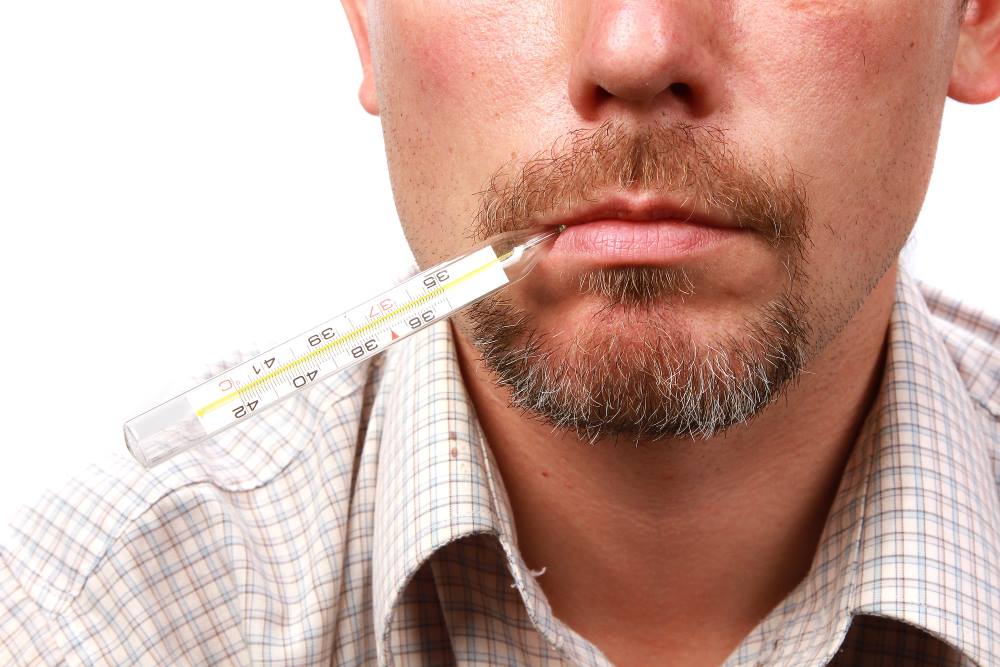
Most of you might have a question about how to use a thermometer and take readings appropriately. Well, here are they:
1. Taking Oral Temperature
- You can use a digital thermometer to take the temperature orally.
- Ensure your device is clean and the batteries are working.
- Please wash your hands properly and dry them up. Then turn on the device and insert the plastic sheath onto the bottom of the device.
- Your thermometer will generate a light or a beep sound to notify you that it is ready to use.
- Place your thermometer under your tongue. Some devices also come with grooves to determine exactly how much you should insert into your mouth.
- Close your mouth and wait for the device to finish taking readings.
- As you hear a beep sound, remove it and take the readings.
- Please wash your hands and clean the device before reusing it.
2. Taking Rectal Temperature
- Please wash your hands and ensure your thermometer has batteries, and they are working.
- Cover the tip of the device with plastic and apply a lubricant.
- Lie down on your stomach and turn on the device.
- As soon as you hear the beep sound that it is ready, carefully insert it into the rectum about an inch.
- As it finishes taking readings, you will hear a beep sound. Remove the device and take the readings.
- Wash your hands after use and clean the thermometer as the manufacturer recommends.
3. Measuring Non-Contact Temporal Temperature
- Activate your thermometer with the power button as the lights turn on. You will notice the start-up sequence.
- As your device is ready to use, place it just two inches away from your forehead.
- Ensure your forehead is clean and it is not sweating.
- Avoid movement and hold your device steady to get an accurate result.
- Click on the temperature button, and the device will flash. You can take down the readings that will appear on display.
- Each forehead thermometer comes with a set of instructions. Be sure to read all of them before using them.
So, now you know how does a thermometer work. Well, these days, the most popular ones are digital thermometers as they are easy to use and provide faster results. However, following the manufacturer's guidelines before using any thermometers is necessary. The readings might vary depending on which thermometer you are using.
Protect What Matters - Explore Other Insurance Options


